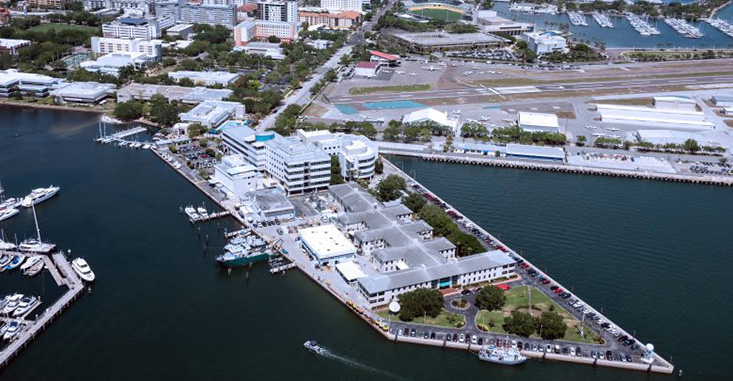
Marine Science Faculty Publications
Chapter 27, Morphology of the Somali Current System during the Southwest Monsoon
Document Type
Article
Publication Date
1985
Digital Object Identifier (DOI)
https://doi.org/10.1016/S0422-9894(08)70723-2
Abstract
Results are presented from two cases of a model of the seasonal circulation in the Northwest Indian Ocean. The model is a nonlinear reduced gravity transport model, with realistic basin geometry and using observed winds as forcing. One case is forced by the monthly mean of the FGGE winds while the other is forced by the monthly mean climatological winds. The two cases are compared and inferences are made as to the importance of the different mechanisms at work in the generation and decay of the Somali Current system during the southwest monsoon. The Southern Hemisphere currents are shown to reverse before the local winds, due to the relaxation of the northeast monsoon winds. The southern gyre of the two-gyre system responds primarily to the Southern Hemisphere tradewinds, while the northern gyre forms north of 4°N in response to the development of the Findlater jet and its associated wind stress curl. The two-gyre system collapse is highly correlated with a decrease in the westerly component of the equatorial wind stress. The circulation patterns are strongly influenced by the gradient of the wind stress curl, as well as by the curl itself. The transition from southwest to northeast monsoon conditions depends on the remnants of the previous season's circulation patterns
Was this content written or created while at USF?
No
Citation / Publisher Attribution
Elsevier Oceanography Series, v. 40, p. 405-437
Scholar Commons Citation
Luther, Mark E.; O'Brien, James J.; and Meng, Alex H., "Chapter 27, Morphology of the Somali Current System during the Southwest Monsoon" (1985). Marine Science Faculty Publications. 504.
https://digitalcommons.usf.edu/msc_facpub/504

